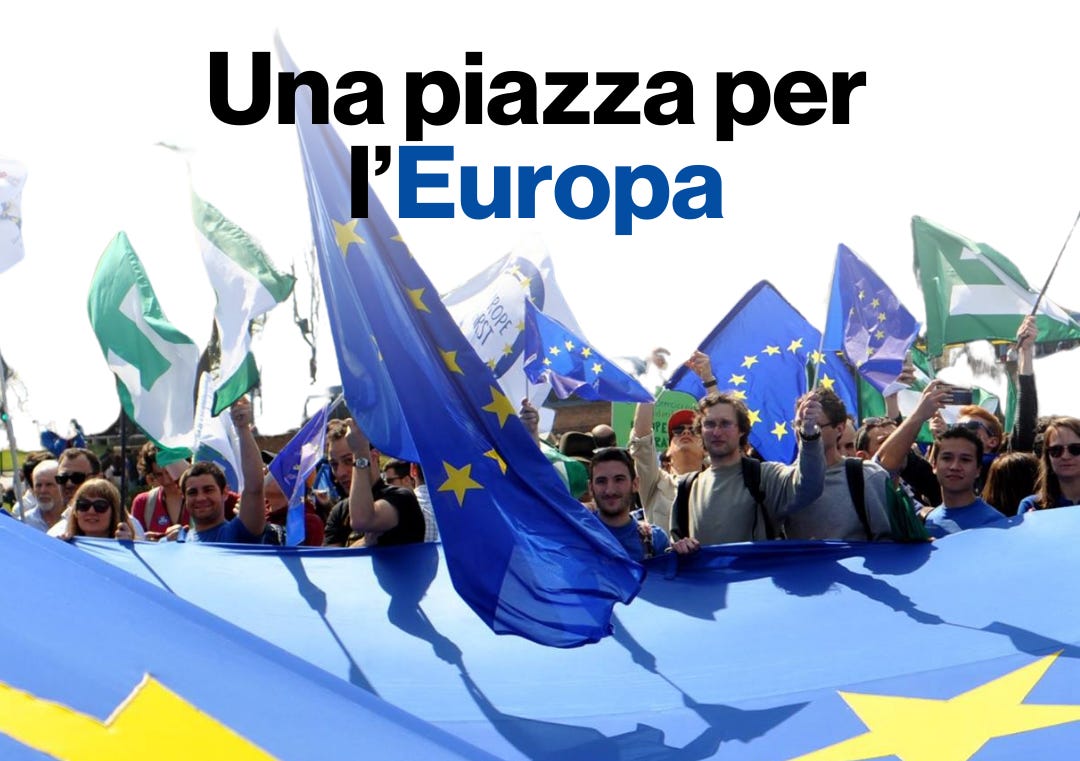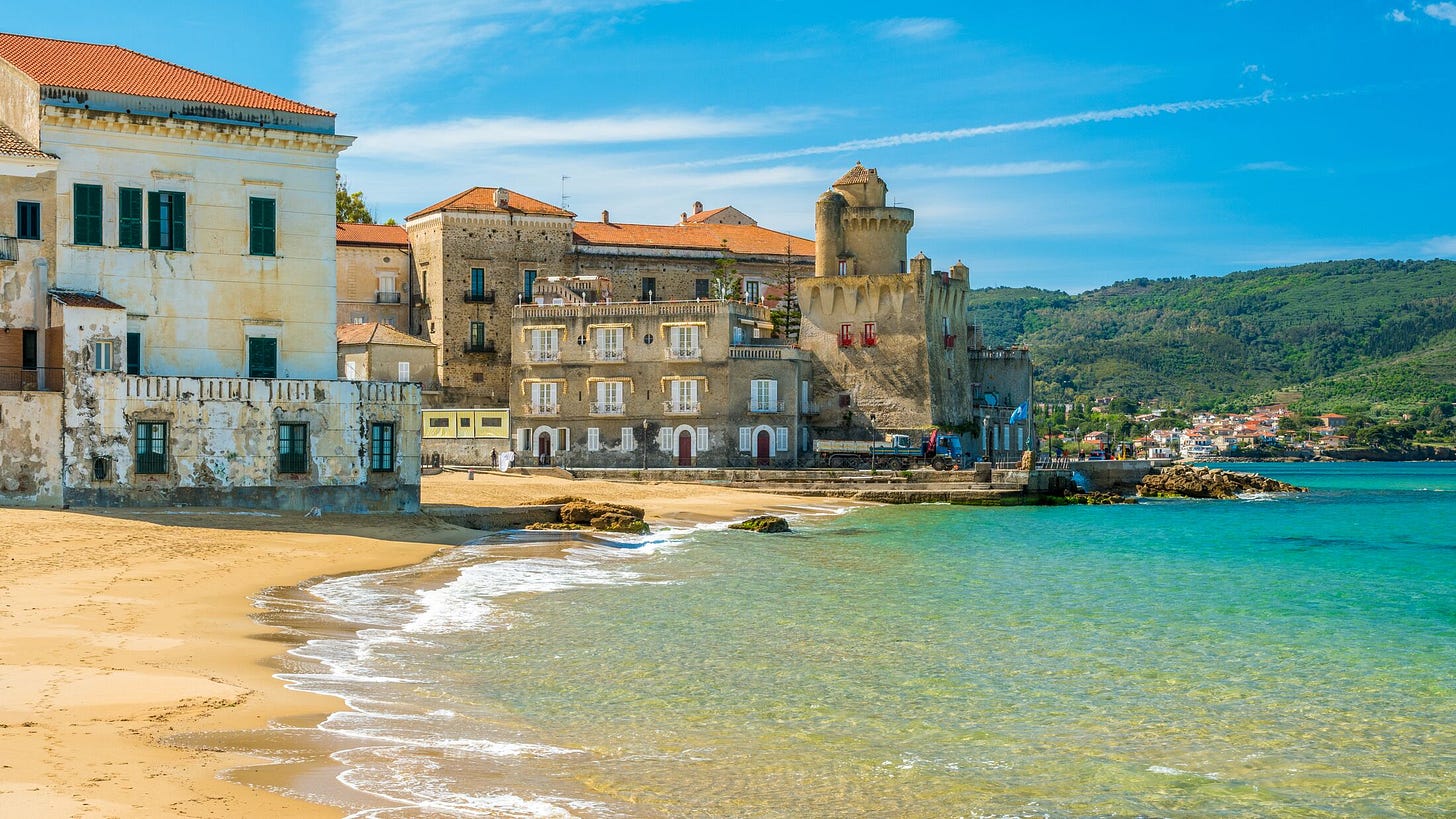It’s official: this week the U.S. introduced its first round of tariffs against the EU, raising the spectre of a prolonged and mutually destructive trade war. Italy is particularly vulnerable here. According to ISTAT, exports to America are up by 158% over the past 10 years and the trade surplus now stands at approximately €42 billion. Now, this business is at risk. Trump’s new tariffs on steel and aluminium will already impact on Italy’s car and transport-related exports (which stand at 30.7% and 34% respectively towards the U.S.) and the pharmaceutical industry will also be affected (30.7%). The Italian government’s top concern, however, is to protect the food and drink sector. This week, the chamber of commerce published a list of high value ‘Made in Italy’ products that are most at risk, and the list is sobering. Some of Italy’s most beloved products could be devastated by future tariffs, including Tuscan red wines like Chianti (40% U.S. exports), Piemonte reds such as Barolo (31%) and white wine from Trentino and Friuli-Venezia Giulia (48%). Italy also exports 34% of its olive oil to the U.S., and extra taxes on this already at-risk sector could prove devastating for thousands of farmers. On paper, the most vulnerable product is – in fact – the Sardinian-produced cheese pecorino romano, 90% of which, it turns out, is exported to America. If Trump introduces tariffs on the product, the island could well face an unprecedented and overnight economic crisis that would have far reaching consequences beyond price-hikes of cacio e pepe. As things stand, despite the risks, the government’s official position is that the conditions are in place for Italy to agree on a unilateral deal which can secure its interests during a potential trade war. As Deputy Prime Minister Matteo Salvini put it: “I believe Italy is well-positioned to engage in dialogue with the United States…I think any dispute will involve the Germans, not us. We are not Trump's target.” In this instance, for once, one can only hope, against all evidence, that the man is speaking some sense.

This Saturday, on 15 March, hundreds of thousands of Italians are expected to take to the streets in what newspapers are billing as “the largest pro-European demonstration for decades.” The purpose? To show “commitment to the EU project” and demonstrate “public support for the European idea.” It goes almost without saying that this is a remarkably vague proposition. Many actors will be marching to show support for the EU’s new ‘rearming proposal’, for increased military spending in the face of Putin’s aggressions. Others will be marching to call for a unified anti-Trump front in the face of tariffs. Most of the major parties will endorse the demo, albeit with different agendas. Fratelli d’Italia and Forza Italia will be endorsing Ursula Von Der Leyen’s latest strategy. Lega and the PD (unlikely allies in this instance), will oppose the continent’s shift towards militarisation. The Five Star movement is boycotting the demo entirely. Civil society groups will be well-represented, with associations as diverse as ARCI, Coop and Azione Cattolica on the streets to demonstrate “pride in European identity.” A demo is a demo and, of course, has no strategic decision-making power. Still, one can only hope that this mobilisation will reopen an important line of discussion: “with the EU fragmented and divided, what other versions of Europe do, can and should exist?” This, I think, is a conversation worth having.

For decades, the Cilento mountain range in Campania has been one of Italy insiders’ most cherished “secret destinations.” I mean, what’s not to love? Beautiful empty beaches most of the year, gorgeous inland forests, excellent food, and all at a fraction of the cost of the tourist saturated Amalfi Coast. Now, for better or worse, international journalists are starting to discover the area. This week I spotted two articles which you might want to read if you’re dreaming about a trip to the South of Italy anytime soon. Natalie Paris has penned a somewhat dispassionate but nevertheless informative travel piece for The Telegraph offering some valid hotel and restaurant recommendations. Personally, though, I preferred Kevin Rushby’s personal, poetic travelogue in The Guardian in which he recounts a slow paced walking trip he took there a few months ago. Just one thing: if you are planning a trip South, do take heed of the words of the mayor of Pollica: “the problem here is that we get a massive influx of visitors in August, but very few otherwise. I’m trying to make people realise that Cilento is wonderful all year round.”
Arts & Culture: a funny kind of ally
Checco Zalone, the controversial Puglian comic, returned briefly to the public eye last week on 8 March, International Women’s Day, with a skit that, well… you can judge for yourself. In the video for ‘The Last Day of the Patriarchy’, Zalone envisages a world in which men’s exploitation of women is inverted, and “i maschi” are made to adopt a new servile role in society. In this fantasy reality, Zalone and his fellow men rush around trying to cook and clean for their womenfolk, messing up everything in the process and creating various disasters. Zalone claims he created this as a celebration of women’s’ unrecognized labour. Many, though, have found the gesture dated, and in bad taste. Where, one wonders, is the rage? Where are the references to femicide, unequal pay, everyday sexism and sexualization? Where is the acknowledgement of arguments put forward by groups like ‘non una di meno’ or any other contemporary feminists? I know, Zalone is a comic and he’s free to do what he wants. But I can’t help thinking he would have been better off just keeping his mouth shut in this instance; stepping back instead of hogging the lime-light with this bizarre performance. Am I being a killjoy? Check out the video below to make up your own mind.
Next up something for the music fans among you: earlier this year a mysterious anonymous 21-year-old artist known only by their pseudonym ‘prima stanza a destra’ released their debut record AMANDA and it has been gaining more and more traction on social media for a few weeks now. This slow burning sleeper hit album is a quintessential snapshot of the state of the Italian underground, blending soundcloud rap with trap inspired beats and elements of synth pop. The distinguishing feature is the singer’s voice; a whiny nasal falsetto that cuts straight through the haunting, etherial lo-fi beats. This is a far cry from your usual Italian pop, that’s for sure. The vox are clearly inspired by the American singer-songwriter Bon Iver, and the synth textures resemble the kind of soundscapes that Liberato or the French producer M83 have been quietly pioneering for years now. This album won’t be for everyone I’m sure, but if you want to get a sense of how Italy’s music scene is adapting in the face of digital, global, online influences, the lead single ‘ti amo’ is a good place to start.
Recipe of the Week: Calabrian Lamb Chops with Tomatoes, Peppers, and Olives (Costolette d’Agnello alla Calabrese)
Sourcing lamb in Italy can sometimes be surprisingly tricky. Yes, it’s easy to track the meat down in Abruzzo, Puglia and Lazio, but here in the centro nord you can often struggle to find it, even at the butchers. In Florence, when people eat lamb at all, they tend to opt for costolette; small, minuscule chops which are generally consumed in and around the spring and early summer. With this in mind, with the season turning, and as the meat appears on shelves, I thought I’d cook-up something to celebrate the arrival of warmer days. And this proposal by the editors at Saveur looks like it will hit the spot. Based loosely on Marcella Hazan’s classic preparation, the recipe calls for the chops to be quickly pan fried for three minutes on each side. The meat is then seasoned, left to rest and tossed through a slow cooked cacciatore-esque sugo. The seasoning is simple here: salt and pepper alone. But the olives, parsley and capsicum provide some important balance, depth and much-needed brininess. Serve with a traditional side of vignarola for a truly authentic, and delicious, meal. Here's the link.
I’m Jamie Mackay, a UK-born, Italy-based writer, working at the interfaces of journalism, criticism, poetry, fiction, philosophy, travelogue and cultural-history. I set up ‘The Week in Italy’ to make a space to share a regular overview of the debates and dilemmas, innovations and crises that sometimes pass under the radar of our overcrowded news feeds, to explore politics, current affairs, books, arts and food. If you’re a regular reader, and you enjoy these updates, I hope you’ll consider becoming a supporter for EUR 5.00 per month. I like to think of it as a weekly catch-up chat over an espresso. Alternatively, if you’d like to send a one-off something, you can do so via PayPal using this link. Grazie!




